
Arthur James Balfour, 1st Earl of Balfour, was a British statesman and Conservative Party politician who was Prime Minister of the United Kingdom from 1902 to 1905. As foreign secretary in the Lloyd George ministry, he issued the Balfour Declaration of 1917 on behalf of the cabinet, which supported a "home for the Jewish people" in Palestine.
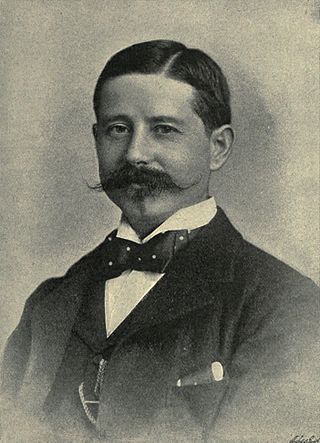
Sir Henry Hamilton Johnston was a British explorer, botanist, artist, colonial administrator, and linguist who travelled widely across Africa to speak some of the languages spoken by people on that continent. He published 40 books on subjects related to the continent of Africa and was one of the key players in the Scramble for Africa that occurred at the end of the 19th century.

Eltham is a district of southeast London, England, within the Royal Borough of Greenwich. It is 8.7 miles (14.0 km) east-southeast of Charing Cross, and is identified in the London Plan as one of 35 major centres in Greater London. The three wards of Eltham North, South and West have a total population of 35,459. 88,000 people live in Eltham.

Sir Alan Henderson Gardiner, was an English Egyptologist, linguist, philologist, and independent scholar. He is regarded as one of the premier Egyptologists of the early and mid-20th century.
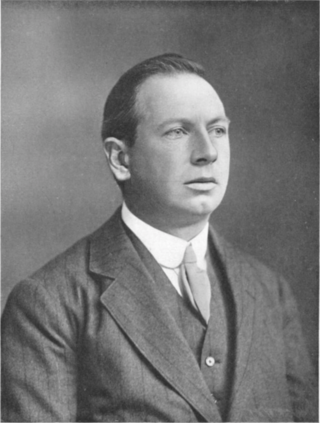
Henry Balfour Gardiner was a British musician, composer, and teacher. He was the son of Henry John Gardiner, a successful entrepreneur who made a considerable fortune in the drapery wholesale business in Bristol and London.
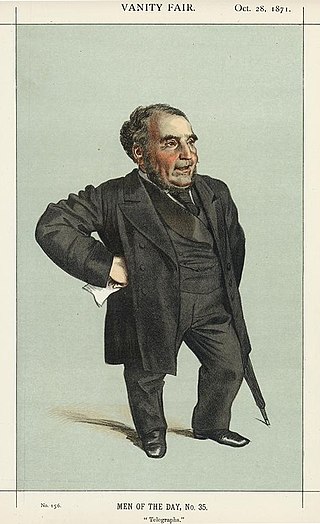
Sir John Pender KCMG GCMG FSA FRSE was a Scottish submarine communications cable pioneer and politician.

James Cassius Williamson was an American actor and later Australia's foremost impresario, founding the J. C. Williamson's theatrical and production company.
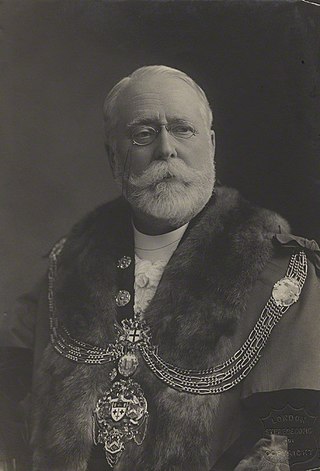
Sir John James Baddeley, 1st Baronet, was a Lord Mayor of London.

Frederic William Austin was an English baritone singer, a musical teacher and composer in the period 1905–30. He is perhaps best remembered for his arrangement of Johann Pepusch's music for a 1920 production of The Beggar's Opera by John Gay, and its sequel Polly in 1922; and for his popularization of the melody of the carol The Twelve Days of Christmas. Austin was the older brother of the composer Ernest Austin (1874–1947).

Watts Warehouse is a large, ornate Victorian Grade II* listed building standing on Portland Street in the centre of Manchester, England. It opened in 1856 as a textile warehouse for the wholesale drapery business of S & J Watts, and was the largest single-occupancy textile warehouse in Manchester. Today the building is part of the Britannia Hotels chain.

James Gardiner was an Australian politician who served in the Legislative Assembly of Western Australia from 1901 to 1904 and from 1914 to 1921. He served as colonial treasurer under two premiers, Walter James and Henry Lefroy. Gardiner was also the inaugural state leader of the Country Party from 1914 to 1915, and briefly served as Speaker of the Legislative Assembly from March to June 1917.
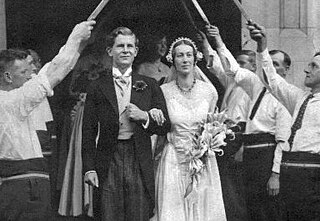
Henry Rolf Gardiner was an English rural revivalist who helped to bring back folk dance styles including Morris dancing and sword dancing. He also founded groups significant in the British history of organic farming; his forestry methods were far ahead of their time and he was a founder member of the Soil Association. He sympathised with Nazism and participated in inter-war far right politics. He organised summer camps with music, dance and community aims across class and cultures.

Henry Roughton Hogg was a British amateur arachnologist and businessman who lived in both Australia and Britain.

Walter Ernest Stoneman was an English portrait photographer who is known for taking photographs for the National Portrait Gallery (NPG) in London.

James Steuart Shanks, (1826–1911), second son of the coachmaker Robert Shanks was a British merchant living in Moscow. James studied at Leiden University and he came of age in 1845 at which point he inherited from his uncle Robert How. In 1852 James established the Moscow shop 'Shanks & Bolin, Magasin Anglais' with Henrik Conrad Bolin, younger brother of Carl Edvard Bolin, the St. Petersburg jeweller of House of Bolin. Two of James' children made significant contributions to art and literature.

Sir Charles Henry Goode was a British Australian merchant, businessman, politician and philanthropist in the early days South Australia. He founded Goode, Durrant and Company in 1882.
John Wallen (1785–1865) was a 19th-century British architect and surveyor. He was the principal quantity surveyor in the City of London during the 1830s. Many of his former students, such as Edward I'Anson went on to have notable careers.
D. & J. Fowler Ltd. was a wholesale grocery company in Adelaide, South Australia. It was founded as a retail establishment by David Fowler in 1854, before becoming a leading wholesale and indenting firm in the colony of South Australia. They were the creators and owners of the well-known Lion brand, which included confectionery, flour, coffee, canned fruit and other goods; "Lion" brand flour endures, under different ownership, today. The firm's interests and holdings were extensive, including the Adelaide Milling Company, Adelaide Bottle Company (1912), the Robur Tea Company (1928), and others.
Evening Hymn, "Te lucis ante terminum", is an anthem composed by Henry Balfour Gardiner, a setting of the Latin compline hymn "Te lucis ante terminum" for four voices and organ, in both English and Latin. It was published in 1908. It is regarded as Gardiner's best-known work and a classic of the English choral tradition.

William Henry Allen was the founder of the company W. H. Allen, Sons & Company Ltd.


















